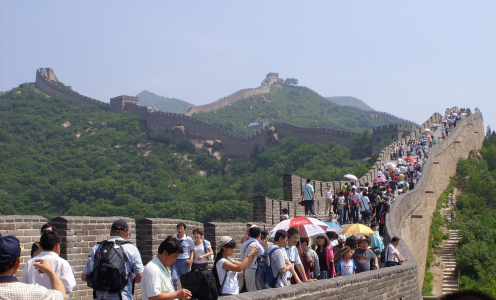Just the name conjures images of ancient battles, winding stone pathways, and breathtaking panoramic views. It’s a bucket-list destination for millions, a testament to human ingenuity and perseverance. And while guided tours abound, there’s a certain magic in discovering this wonder on your own terms, at your own pace. That’s what we’re diving into: the freedom and thrill of exploring the Great Wall independently. 🚶♀️
Unleashing Your Inner Explorer
Why choose to go solo? Think about it: no rigid schedules, no waiting for the stragglers in a group, no listening to a guide drone on about things you’re not interested in (no offense to guides, some are fantastic!). You’re the master of your own Great Wall destiny. You decide when to start, where to go, how long to linger at that perfect photo spot, and when to simply sit and soak in the grandeur. 🧘
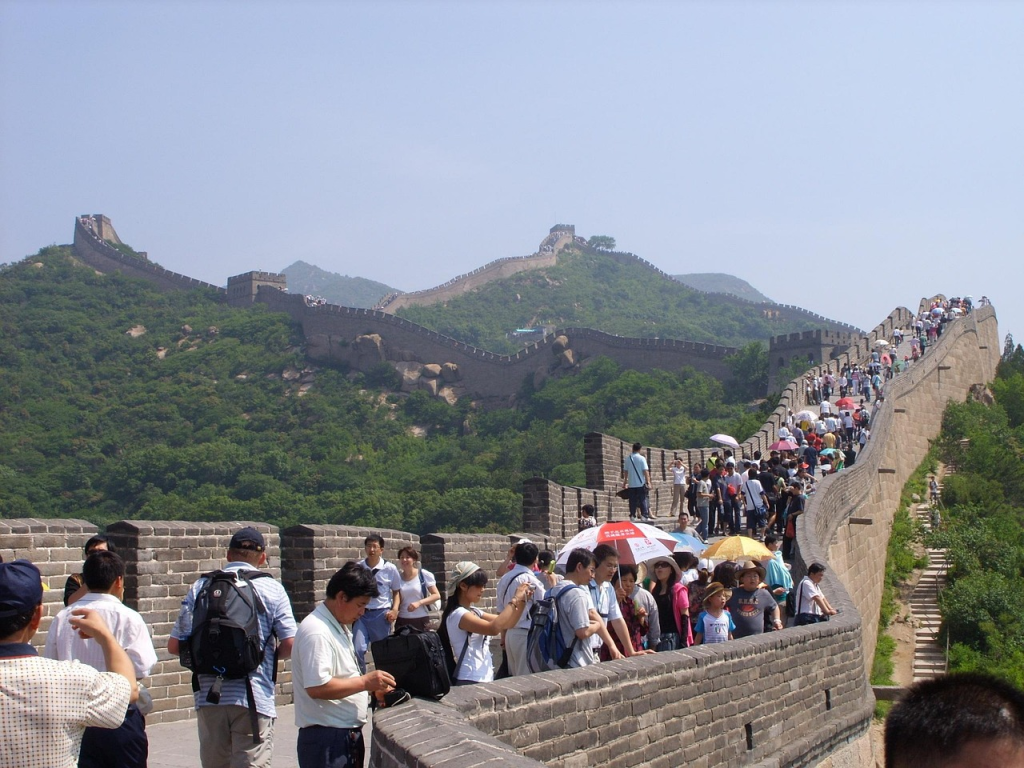
The beauty of independent travel is the flexibility. Maybe you stumble upon a hidden section of the wall that calls to you. Maybe you decide to spend an extra hour watching the sunset paint the mountains in fiery hues. With a tour, you’re locked in. On your own, the possibilities are as vast as the wall itself. Plus, let’s be honest, the satisfaction of navigating a foreign country and conquering a landmark like the Great Wall all by yourself is pretty darn rewarding. 💪
Pennies Saved, Adventures Gained
Let’s talk about the practical side of things. Guided tours can be expensive, especially if you’re traveling with a family or group. By going independently, you can often save a significant amount of money. Those savings can then be channeled into other exciting experiences, like trying that delicious-looking street food, buying a unique souvenir, or even extending your trip! 💰
Choosing Your Path: Sections of the Wall
The Great Wall isn’t just one long, continuous structure. It’s actually a series of fortifications built over centuries by different dynasties. This means you have choices! Different sections offer varying levels of difficulty, accessibility, and crowd levels. Let’s explore some of the most popular options for independent travelers:
- Mutianyu: The Restored Beauty: Mutianyu is arguably the most popular section for independent travelers, and for good reason. It’s beautifully restored, offering stunning views and a relatively less crowded experience compared to Badaling. It’s further from Beijing (about 1.5-2 hours by car), but this distance helps keep the tour bus hordes at bay. Mutianyu also boasts a fun toboggan ride down – a thrilling way to end your hike! 🛷
- Badaling: The Iconic (and Crowded) Choice: Badaling is the most famous and most easily accessible section of the Great Wall. It’s the closest to Beijing (about an hour by car) and is heavily restored. This accessibility, however, comes at a price: crowds. Expect throngs of tourists, especially during peak season. If you’re looking for a solitary experience, Badaling is probably not your best bet. But if you want to see the iconic, postcard-perfect Great Wall, and don’t mind sharing the experience with many others, it’s a convenient option.
- Jinshanling: The Photographer’s Dream: Jinshanling is known for its stunning scenery and partially restored state. It offers a more challenging hike than Mutianyu or Badaling, with some steep climbs and crumbling sections. But the rewards are immense: breathtaking views, fewer crowds, and a sense of truly exploring the “wild” Great Wall. This is a great option for photographers and those seeking a more adventurous experience. 📸
- Simatai: Night Views and Wild Beauty Simatai is known for its challenging, unrestored sections and stunning views, particularly at night when a portion of the wall is illuminated. While access was previously restricted, recent developments have made it more accessible, but it still retains a rugged and wild character. Check the latest access information before planning a trip.
- Jiankou: The Untamed Adventure Jiankou is famous for its completely unrestored, rugged, and often dangerous sections. It’s not recommended for casual hikers or those with a fear of heights. The “wild wall” experience is incredible here, but it should only be attempted by experienced hikers with proper preparation and, ideally, a local guide familiar with the terrain.
Your decision will depend on your priorities. Do you want a gentle stroll on a well-maintained section? Or are you craving a challenging hike with a sense of raw adventure? Consider your fitness level, your time constraints, and your tolerance for crowds. Research each section thoroughly before making your choice.
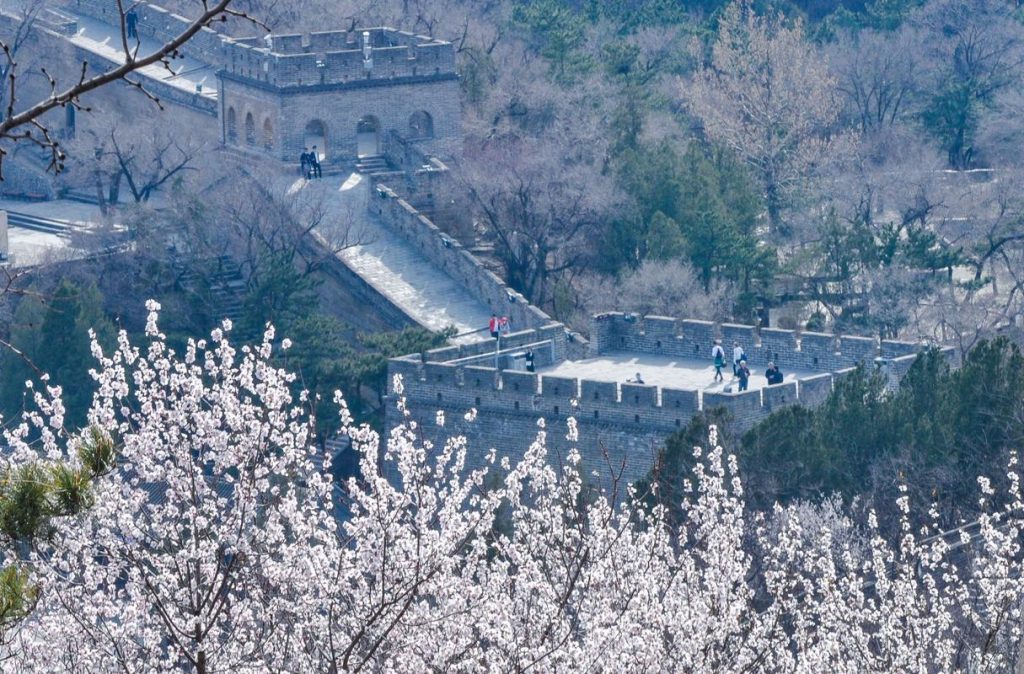
Getting There: Your Chariot Awaits
Once you’ve chosen your section, you need to figure out how to get there. Thankfully, there are several options, ranging from budget-friendly public transportation to more convenient private arrangements.
- Public Buses: The Budget-Friendly Option: Beijing has an extensive public bus system, and several routes go directly to the popular sections of the Great Wall. This is the cheapest option, and it’s a great way to experience local life. However, be prepared for potential crowds, especially during peak season. You’ll also need to do some research to find the correct bus numbers and schedules. Dongzhimen Public Transport Hub is a central location with services to many Great Wall sections.
- Trains: A Faster (and Still Affordable) Choice: For some sections, like Badaling, there are direct train lines from Beijing. This can be a faster and more comfortable option than the bus, especially during rush hour. Check the China Railway website for schedules and ticket prices.
- Taxis: Convenience at a Cost: Taxis are readily available in Beijing, and you can hire one to take you to the Great Wall. This is the most convenient option, but also the most expensive. Be sure to negotiate the fare beforehand, and it’s often helpful to have the destination written in Chinese characters to show the driver.
- Ride-Sharing Services (DiDi): China’s Uber: DiDi is the dominant ride-sharing app in China (similar to Uber). It’s a convenient and often more affordable option than taxis. You’ll need to download the app and set up an account, and it’s helpful to have a local SIM card or Wi-Fi access to use the service.
- Private car: You could hire a private car to drive you to the Great wall.
- Car Rentals: Freedom on Four Wheels: If you’re comfortable driving in China (which can be challenging!), renting a car gives you the ultimate freedom to explore at your own pace. However, be aware of the traffic, parking challenges, and the need for an International Driving Permit and a Chinese driver’s license (check the specific requirements).
Planning Your Conquest: The Devil’s in the Details
So, you’ve picked your section and your mode of transport. Now it’s time to plan the nitty-gritty details of your visit.
- Opening Hours and Entrance Fees: Research the opening hours and entrance fees for the specific section you’ve chosen. These can vary depending on the season and the section. Some sections also offer discounts for students or seniors.
- Permits (If Required): Some of the more remote or unrestored sections of the Great Wall may require special permits. Check the latest regulations before you go.
- Mapping Your Route: Even if you’re not following a strict itinerary, it’s helpful to have a general idea of your route. Download offline maps of the area (like Maps.me) or bring a physical map. Familiarize yourself with the trail markers and any landmarks you want to see.
- Estimated Travel Time: Calculate how long it will take to get to the Great Wall from Beijing, and factor in potential traffic delays. Add extra time for exploring the wall itself. It’s better to overestimate than to underestimate, especially if you’re relying on public transportation.
- Ticket in advance: For some sections, you can purchase your entry ticket in advance online. This can save you time queuing at the entrance, especially during busy periods.
Packing Like a Pro: Essentials for the Journey
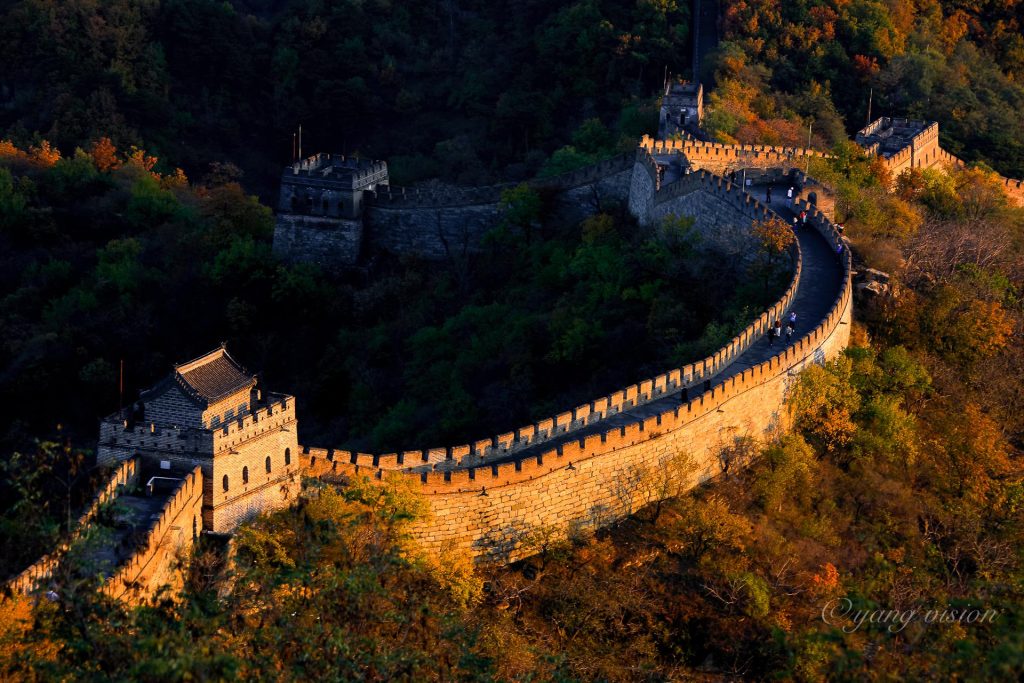
You wouldn’t climb Mount Everest in flip-flops, right? While the Great Wall isn’t quite as extreme, proper preparation is still key to a comfortable and enjoyable experience.
- Water, Water, Water: This is crucial, especially during the warmer months. The Great Wall can be exposed and strenuous, and dehydration is a real risk. Bring plenty of water, or consider a hydration pack. 💧
- Snacks: Fuel for the Climb: Pack some energy-boosting snacks like nuts, dried fruit, energy bars, or even a sandwich. You’ll be burning calories, and it’s good to have something to munch on between meals.
- Sunscreen: Protect Your Skin: The sun can be intense at the Great Wall, even on cloudy days. Apply sunscreen liberally and reapply throughout the day.
- Comfortable Footwear: Your Feet Will Thank You: This is non-negotiable. Wear sturdy, comfortable shoes with good traction. Hiking boots are ideal, but supportive sneakers can also work. Avoid sandals or flip-flops at all costs! 🥾
- Hat and Sunglasses: Shield Yourself from the Elements: A hat will protect your head from the sun, and sunglasses will shield your eyes.
- Appropriate Clothing: Dress in Layers: The weather at the Great Wall can be unpredictable, so it’s best to dress in layers. This allows you to adjust your clothing to the changing conditions. Bring a light jacket or sweater, even in the summer, as it can get chilly at higher elevations.
- Small Backpack: Carry Your Essentials: A small backpack is perfect for carrying your water, snacks, sunscreen, and other essentials.
- Camera: This will allow you to capture the beauty of the Great Wall.
Weathering the Storm (or Sunshine): Seasonal Considerations
The weather at the Great Wall can vary dramatically depending on the season. Here’s a quick overview:
- Spring (April-May): Pleasant temperatures, blooming flowers, but also potential for strong winds and dust storms.
- Summer (June-August): Hot and humid, with the possibility of thunderstorms. This is also the peak tourist season.
- Autumn (September-October): The best time to visit, with comfortable temperatures, clear skies, and stunning fall foliage.
- Winter (November-March): Cold and dry, with the possibility of snow. Some sections of the wall may be closed due to icy conditions.
Check the weather forecast before you go and dress accordingly. Be prepared for sudden changes in weather, especially in the spring and autumn.
Navigating the Wall: Finding Your Way
Once you’re actually on the Great Wall, how do you find your way around? Most of the popular, restored sections are well-marked with signs and trail markers. However, it’s still a good idea to have a basic understanding of the layout.
- Trail Markers: Look for signs or painted markers indicating the direction of the trail. These are usually easy to follow, but pay attention, especially at junctions.
- Maps: As mentioned earlier, download offline maps or bring a physical map. This can be helpful if you get disoriented or want to explore off the main path (where permitted).
- Staying on Marked Paths: It’s crucial to stay on the marked paths, especially on the unrestored sections. The Great Wall can be dangerous in places, with crumbling walls and steep drop-offs. Avoid restricted areas and don’t take unnecessary risks.
- Watchtowers: The watchtowers are numbered, which can help you orient yourself.
- Ask for direction: Don’t be afraid to ask staff if you have doubts.
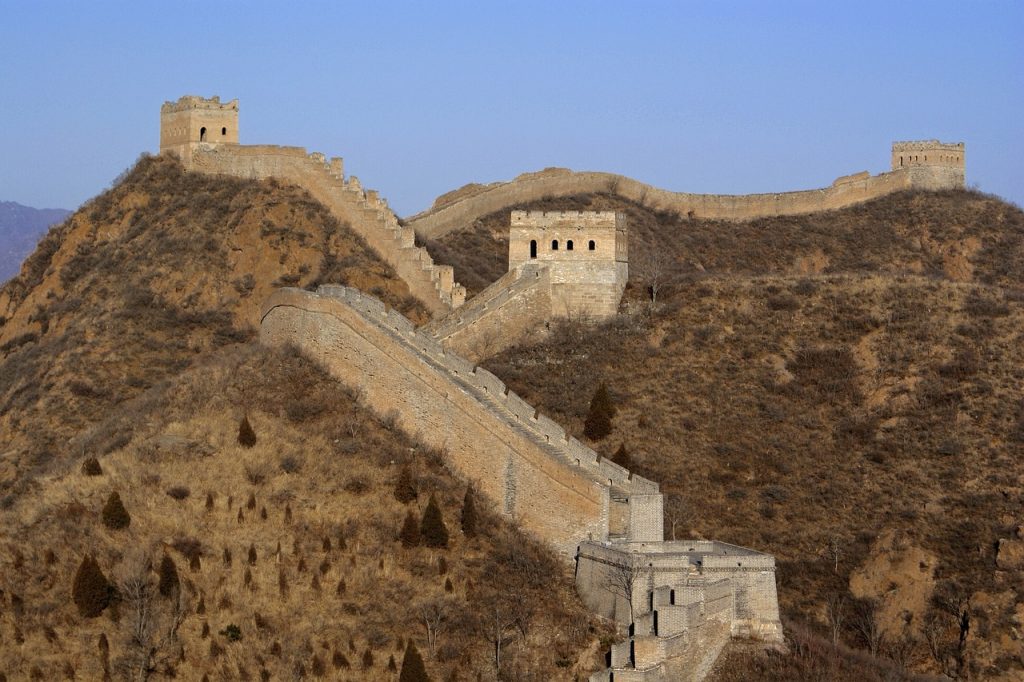
Safety First: Staying Safe on the Wall
While the Great Wall is generally safe, it’s important to take precautions and be aware of your surroundings.
- First Aid Kit: Carry a small first aid kit with essentials like bandages, antiseptic wipes, pain relievers, and any personal medications.
- Phone and Emergency Contacts: Make sure your phone is charged and has a local SIM card or roaming capabilities. Save emergency contact numbers, including the local police and your embassy or consulate.
- Physical Limits: Be aware of your physical limits and don’t overexert yourself. The Great Wall can be strenuous, especially at higher altitudes. Take breaks when needed and listen to your body.
- Altitude Sickness: If you’re going to a higher-altitude section, be aware of the symptoms of altitude sickness (headache, nausea, dizziness). If you experience these symptoms, descend to a lower altitude and seek medical attention if necessary.
- Beware of Scams: Be aware of potential scams, such as overpriced souvenirs or unofficial “guides” offering services. Stick to reputable vendors and be cautious of anyone who approaches you aggressively.
- Weather Conditions: Keep an eye on the weather and be prepared for sudden changes. If a storm rolls in, seek shelter in a watchtower or descend from the wall.
Delving into History: More Than Just Bricks and Mortar
The Great Wall is more than just a physical structure; it’s a symbol of Chinese history and culture. Learning a bit about its past will enrich your experience.
- Pre-Visit Research: Read up on the history of the Great Wall before you go. There are countless books, articles, and documentaries available. Understanding the different dynasties that built the wall, the purpose of the fortifications, and the lives of the people who built and defended it will add depth to your visit.
- Local Guides: While you’re going independently, you can still engage with local guides at the site. Many sections offer guided tours or have informational signs and displays.
- Museums: Consider visiting a museum dedicated to the Great Wall, either in Beijing or near the section you’re visiting. These museums often have artifacts, models, and exhibits that bring the history of the wall to life.
- Talk with locals Talking with locals will allow a better understanding of the Wall.
Beyond the Wall: Expanding Your Itinerary
If you have extra time, consider combining your Great Wall visit with other nearby attractions.
- Ming Tombs: The Ming Tombs, a UNESCO World Heritage site, are located near the Badaling section of the Great Wall. This is the burial site of 13 emperors of the Ming Dynasty, and it’s a fascinating glimpse into imperial Chinese history.
- Juyong Pass: Juyong Pass is another impressive section of the Great Wall, known for its strategic importance and well-preserved fortifications. It’s less crowded than Badaling and offers a more authentic experience.
- Longqing Gorge: This scenic area, with its dramatic cliffs, clear waters, and boat rides, is a great place to relax and enjoy the natural beauty of the region.
- Local villages: If you have time, visit the local villages.
By combining your Great Wall visit with other attractions, you can make the most of your trip and experience the diverse culture and history of the region.
The Wall Awaits: Your Independent Adventure Begins
Visiting the Great Wall independently is an incredibly rewarding experience. It allows you to connect with this iconic landmark on a deeper level, to explore at your own pace, and to create memories that will last a lifetime. With careful planning, preparation, and a sense of adventure, you can conquer the Great Wall and discover its magic for yourself. So, pack your bags, lace up your boots, and get ready for an unforgettable journey! 🌏


